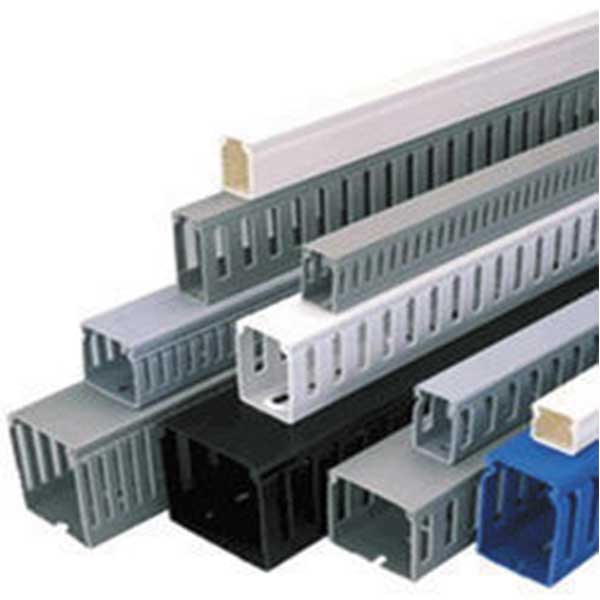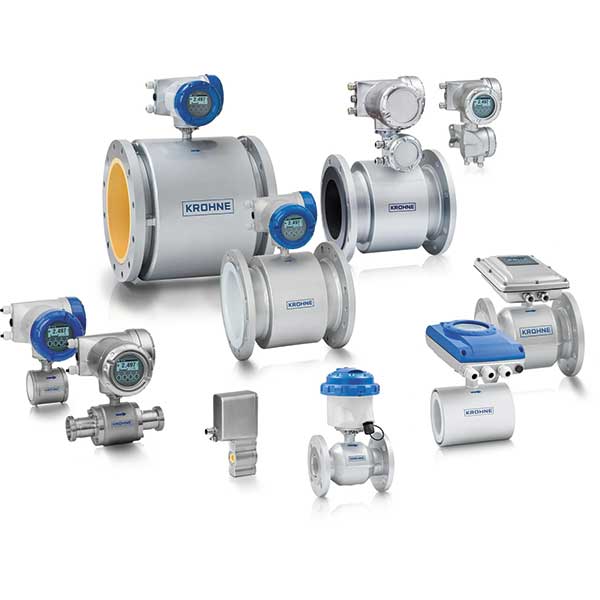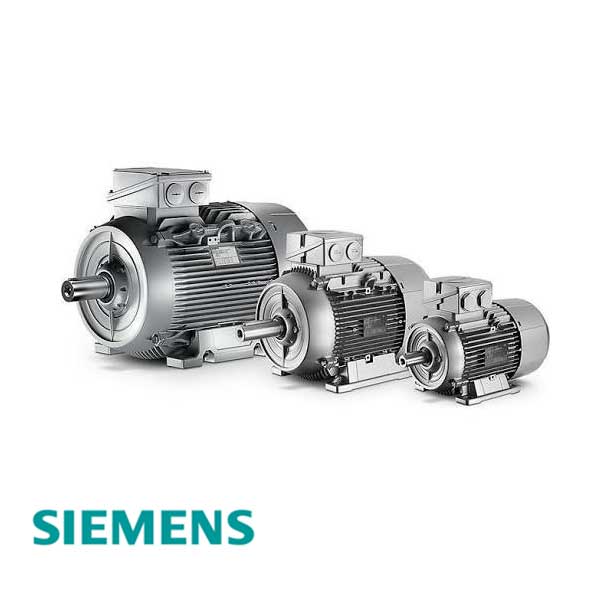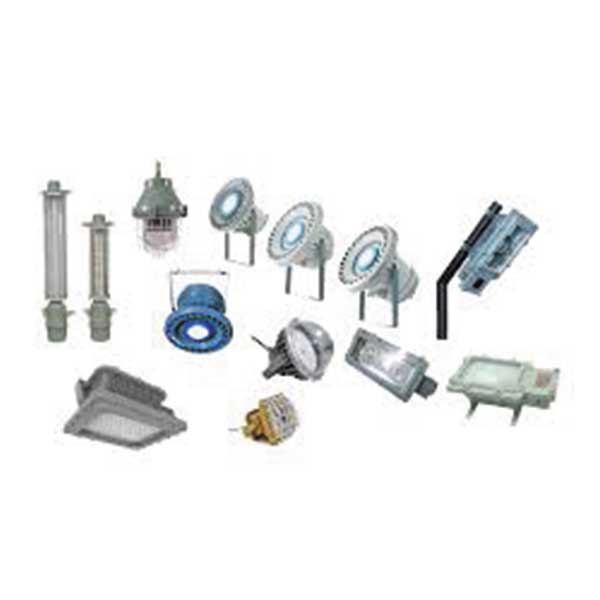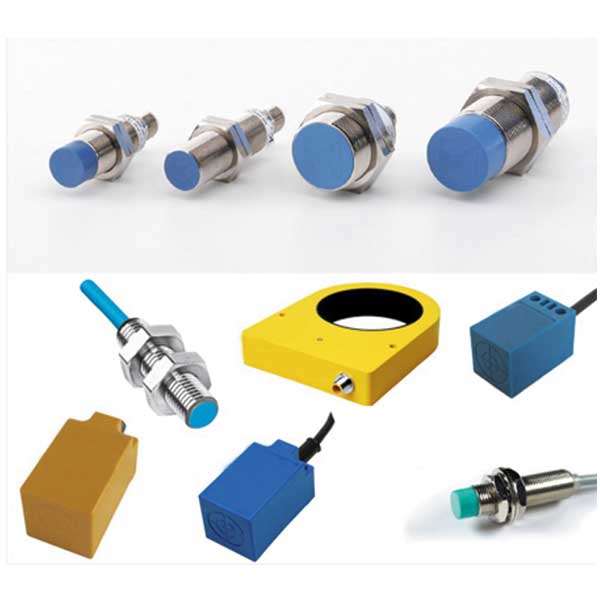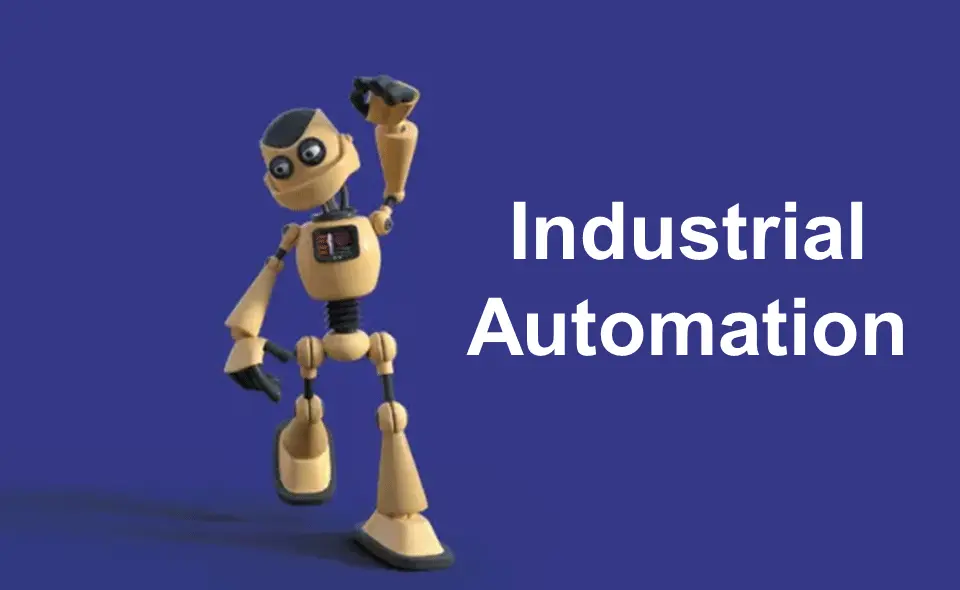
Imagine a huge world of factories and machines. They’re like a big group of friends secretly chatting. We call this chit-chat tool “Industrial Communication Protocols.” It’s like the special language machines use to share information and team up smoothly, just like a well-practiced soccer squad.
“In the world of machines, communication is the key – Industrial Communication Protocols unlock the potential of seamless collaboration.”
Understanding the Basics
What are Industrial Communication Protocols?
Imagine you have a group project, and everyone needs to share their ideas. Industrial Communication Protocols are like the rules of this sharing game for machines. They define how information is exchanged, making sure everyone is on the same page.
Why Do Machines Need a Language?
Machines are like superheroes with unique powers, but they need to cooperate to save the day. Industrial Communication Protocols help them understand each other’s powers and work together seamlessly.
The Diversity of Industrial Communication Protocols
RS-232: The Handshake of Machines
Picture this as a firm handshake between machines. RS-232 is a classic protocol that helps devices introduce themselves and establish a connection. It’s like the beginning of a great friendship.
Modbus: Machines Speaking Modbusian
Modbus is like a common language for machines. It allows them to share data effortlessly, whether they are from the same manufacturer or not. It’s like machines attending a global summit and conversing in Modbusian.
CAN Bus: When Machines Ride the Same Bus
No, it’s not a school bus; it’s a communication bus! CAN Bus lets machines on the same network share messages. It’s like machines taking the same bus to work, discussing their plans for the day.
Ethernet/IP: Machines Going Online
Just like we use the internet to connect with friends, Ethernet/IP allows machines to connect to each other through the internet. It’s like machines joining a social network for the manufacturing world.
The Secret Sauce: How Industrial Communication Protocols Work
Master-Slave Dance
In the world of protocols, there’s a dance called Master-Slave. The Master is like the boss, telling the Slaves what to do. It’s a choreographed routine ensuring everyone knows their part and works harmoniously.
Packet Magic: Wrapping and Unwrapping Messages
Imagine you’re sending a gift. You wrap it in a box with a note. In the protocol world, machines wrap data in packets with information on where it’s going. The receiving machine then unwraps it, revealing the message inside.
Real-Time Symphony: Synchronized Communication
In the industrial world, timing is everything. Imagine an orchestra playing in perfect harmony. Real-time protocols make sure machines communicate precisely when they should, avoiding any confusion or chaos.
The Players in the Protocol Game
PLCs: The Brainy Coordinators
PLCs, or Programmable Logic Controllers, are like the brain of the operation. They use protocols to tell other machines what to do. It’s like the conductor guiding the orchestra to create a beautiful piece of machinery music.
Sensors: The Ears and Eyes of Machines
Sensors, equipped with protocols, are like the ears and eyes of machines. They gather data, convert it into a language everyone understands, and share it with the team. It’s like machines having their own set of eyes and ears.
Actuators: The Doers
Actuators are the muscle. With the help of protocols, they receive instructions and get to work. It’s like machines flexing their muscles and making things happen.
The Future: Industry 4.0 and Beyond
Industry 4.0: The Revolution of Machines
We’re entering an era called Industry 4.0. It’s like the industrial revolution’s cooler, tech-savvy sibling. Machines are becoming smarter, communicating faster, and making decisions on their own. It’s like the Avengers of the manufacturing world, each machine a superhero in its own right.
IoT: Machines Having a Tea Party
The Internet of Things (IoT) is like machines having a virtual tea party. They connect, share information, and make decisions collectively. It’s like machines becoming friends and collaborating effortlessly.
Challenges in the Protocol World
Lost in Translation: Compatibility Woes
Just like when you travel to a foreign country, machines can face compatibility issues. Some speak different dialects of the protocol language, causing confusion. It’s like trying to order a coffee but ending up with tea.
Security Guards: Protecting the Protocol Castle
With great communication power comes great responsibility. Security is crucial in the protocol world. It’s like having guards at the castle gates, ensuring only the right messages get through.
Practical Application:
Now, let’s step into the world of a chocolate factory. Picture this: machines working in harmony to mix, melt, and mold the chocolate into delicious treats. For this sweet symphony to unfold seamlessly, the machines need to communicate efficiently. Enter Industrial Communication Protocols – the unsung heroes that act like the recipe everyone follows in this delectable process.
As the mixing machine takes center stage, it engages in a conversation with the melting machine. This isn’t just any talk; it’s a precise exchange guided by the protocol. Think of it as a well-choreographed dance, where each step is orchestrated by the protocol, ensuring that the chocolate is at the perfect temperature. It’s in this dance that we find the magic – a harmonious collaboration resulting in the creation of perfectly crafted chocolates.
Real-world Impact:
Now, let’s shift our focus to a bustling car assembly line. Picture this scenario: numerous machines diligently working together to piece together cars. In the absence of Industrial Communication Protocols, it would be utter chaos. Imagine the welding machine not having a clue about when the painting machine is ready to do its job. The result? A potential mess and a significant slowdown in the production process.
Enter Industrial Communication Protocols, the unsung heroes of this automotive orchestra. With these protocols in place, each machine seamlessly knows its turn in the assembly line. It’s like giving each machine a clear schedule, ensuring they work in perfect harmony. This not only reduces errors but also turbocharges the production speed. The impact? More cars rolling off the assembly line and hitting the road, creating a smoother transportation experience for everyone involved.
“Efficiency in manufacturing is not just about machines working; it’s about machines working together intelligently, thanks to Industrial Communication Protocols.”
Summing It Up: Industrial Communication Protocols in a Nutshell
In the grand tale of industrial manufacturing, protocols are the unsung heroes. They enable machines to collaborate, innovate, and bring our everyday products to life. From RS-232 handshakes to the IoT tea parties, protocols are the backbone of a well-functioning, interconnected world of machines.
So, the next time you flip a switch, press a button, or enjoy a product, remember the silent language of machines that made it all possible. Industrial Communication Protocols – the storytellers in the realm of manufacturing, making sure machines speak the same language and create wonders together. Cheers to the unsung heroes of our industrial saga!




